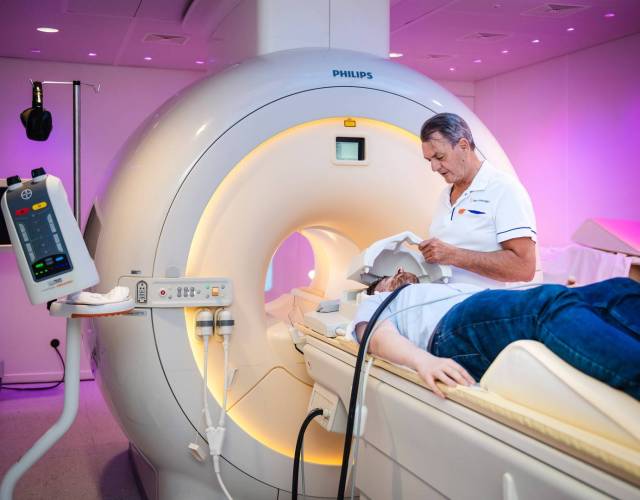Hydration Essentials for Athletes and Fitness Fans
Introduction:
Hydration is often overlooked in the realm of fitness, yet its importance cannot be overstated. Proper hydration plays a vital role in supporting overall health and optimizing performance during workouts. Let’s delve into the significance of hydration in fitness and explore how it can impact our fitness journey.
Hydration and Performance:
One of the key aspects of hydration in fitness is its direct impact on performance. When we are adequately hydrated, our muscles are better fueled, allowing us to push harder and longer during workouts. Dehydration, on the other hand, can lead to fatigue, cramping, and reduced endurance, hindering our ability to achieve optimal results.
Fluid Balance and Recovery:
Maintaining a proper fluid balance is essential for post-workout recovery. Hydration helps transport nutrients to muscles, facilitates waste removal, and supports tissue repair. Adequate hydration after exercise aids in reducing muscle soreness and accelerates the recovery process, allowing us to bounce back faster for our next workout.
Regulating Body Temperature:
Hydration plays a critical role in regulating body temperature, especially during intense workouts or in hot climates. Sweating is the body’s natural cooling mechanism, but it can lead to fluid loss if not replenished. Proper hydration helps prevent overheating and ensures our bodies can effectively cool down during exercise.
Cognitive Function and Focus:
Staying hydrated is not only beneficial for physical performance but also for cognitive function. Dehydration can impair mental clarity, focus, and reaction time, impacting our ability to perform exercises with precision and efficiency. Maintaining optimal hydration levels keeps our minds sharp and enhances overall workout performance.
Electrolyte Balance:
In addition to water, electrolytes such as sodium, potassium, and magnesium play a crucial role in hydration and muscle function. Electrolytes help maintain fluid balance, regulate nerve and muscle function, and prevent cramping. Ensuring adequate electrolyte intake, especially during prolonged or intense workouts, is essential for optimal performance.
Hydration Strategies:
To stay properly hydrated during workouts, it’s important to have a hydration strategy in place. Start by drinking water before, during, and after exercise to maintain fluid levels. Consider electrolyte-rich beverages or sports drinks for longer workouts or in high-heat conditions. Monitoring urine color can also be a simple yet effective way to gauge hydration status.
Hydration and Weight Management:
Hydration can also play a role in weight management and appetite regulation. Sometimes, thirst can be mistaken for hunger, leading to unnecessary calorie consumption. Drinking water before meals can help curb appetite and promote a sense of fullness, aiding in weight maintenance or loss goals.
Customizing Hydration Needs:
Every individual’s hydration needs may vary based on factors such as body size, activity level, and climate. It’s important to listen to your body’s thirst cues and adjust fluid intake accordingly. Experimenting with different hydration strategies can help determine what works best for you and your fitness goals.
Conclusion:
In conclusion, hydration is a cornerstone of fitness success that should not be overlooked. By prioritizing proper hydration before, during, and after workouts, we can optimize performance, support recovery, and enhance overall












